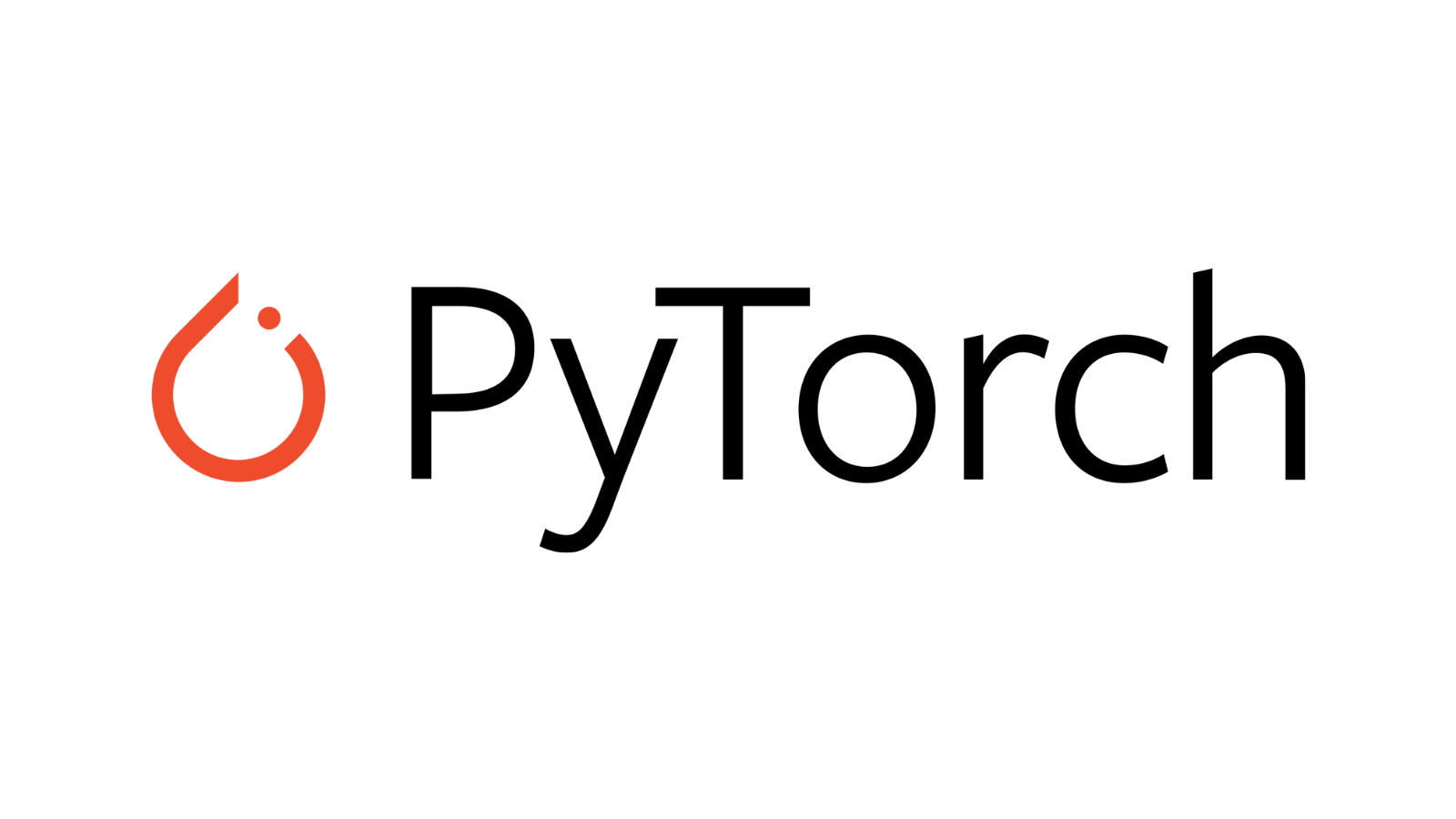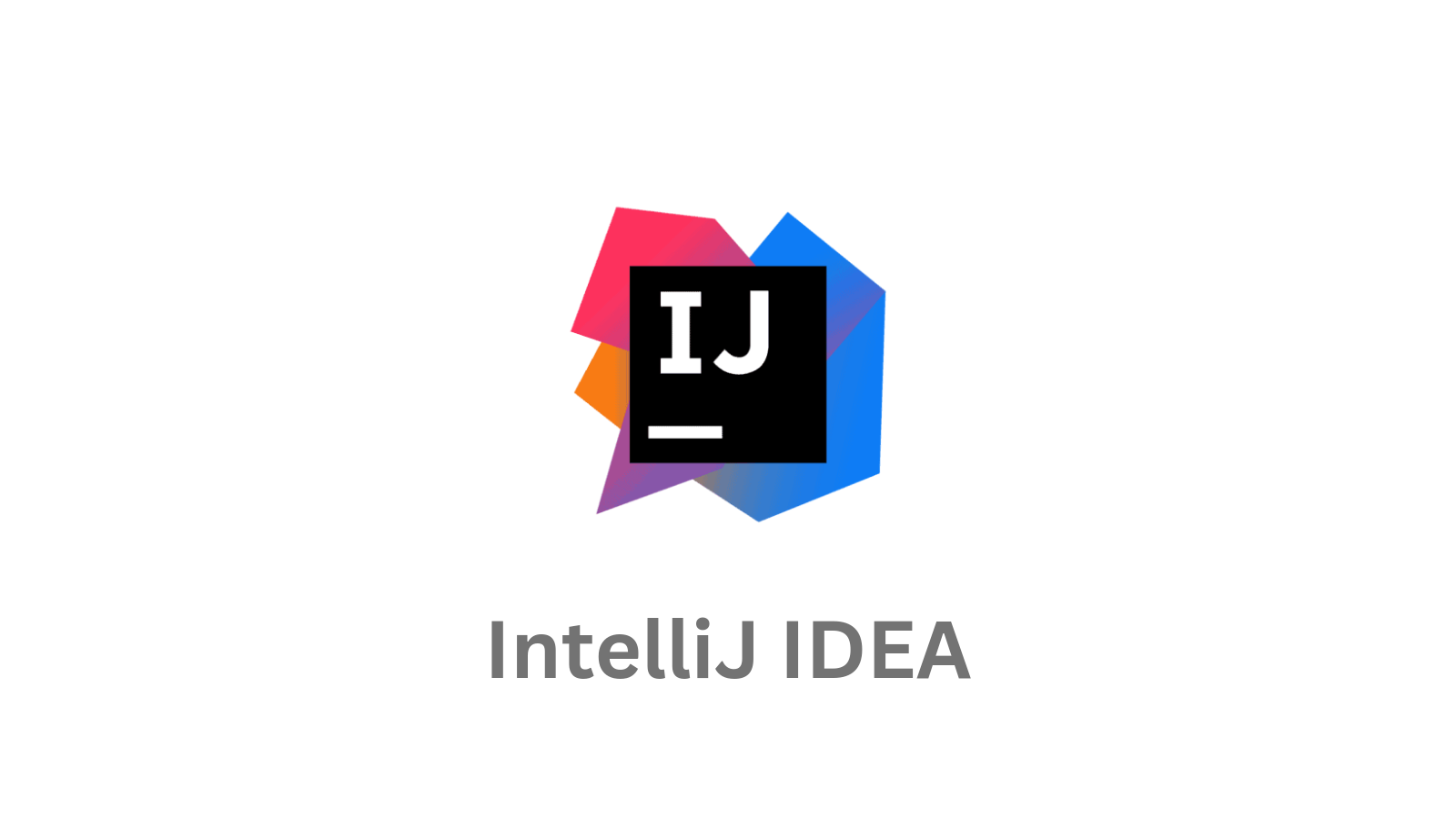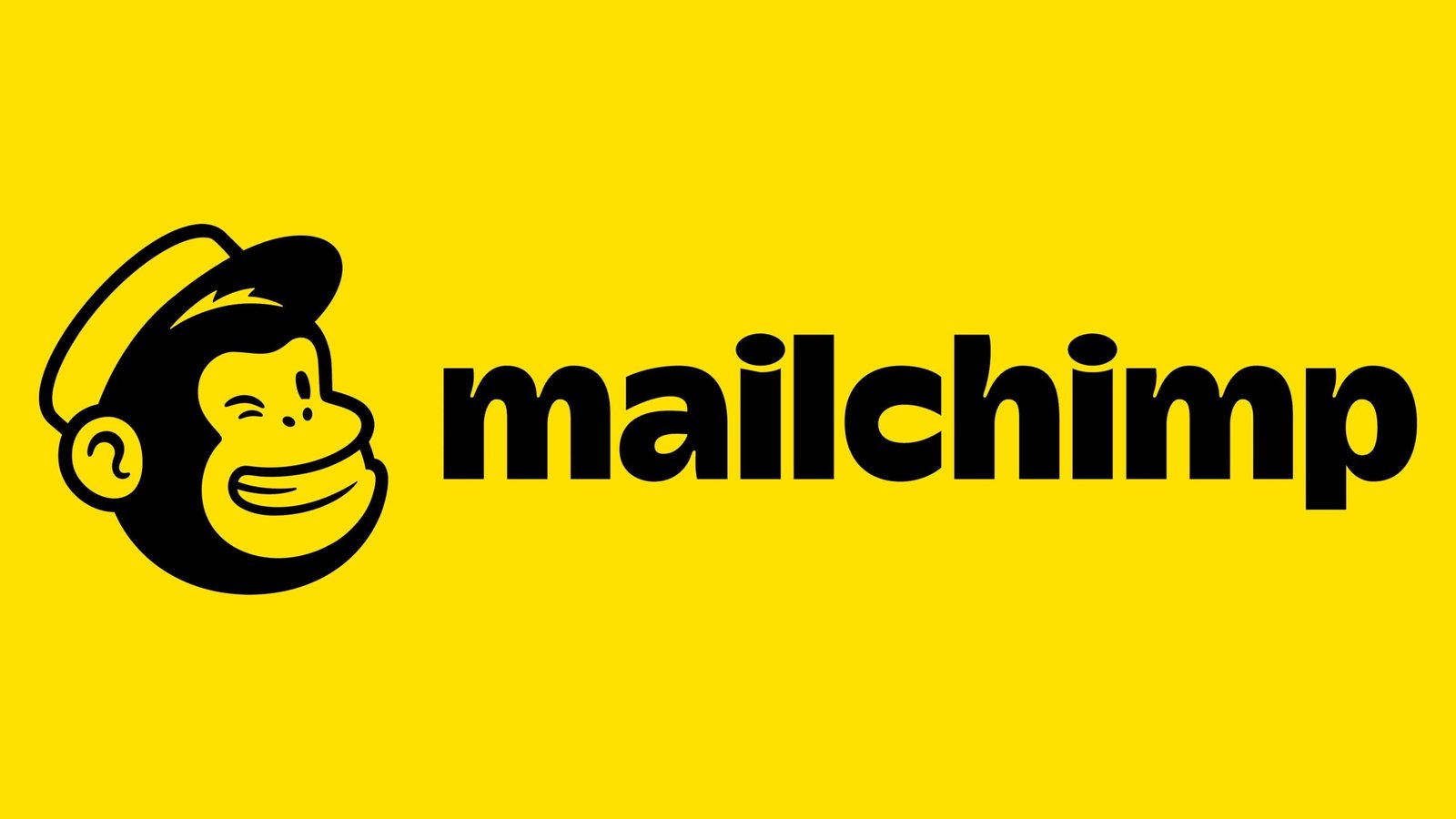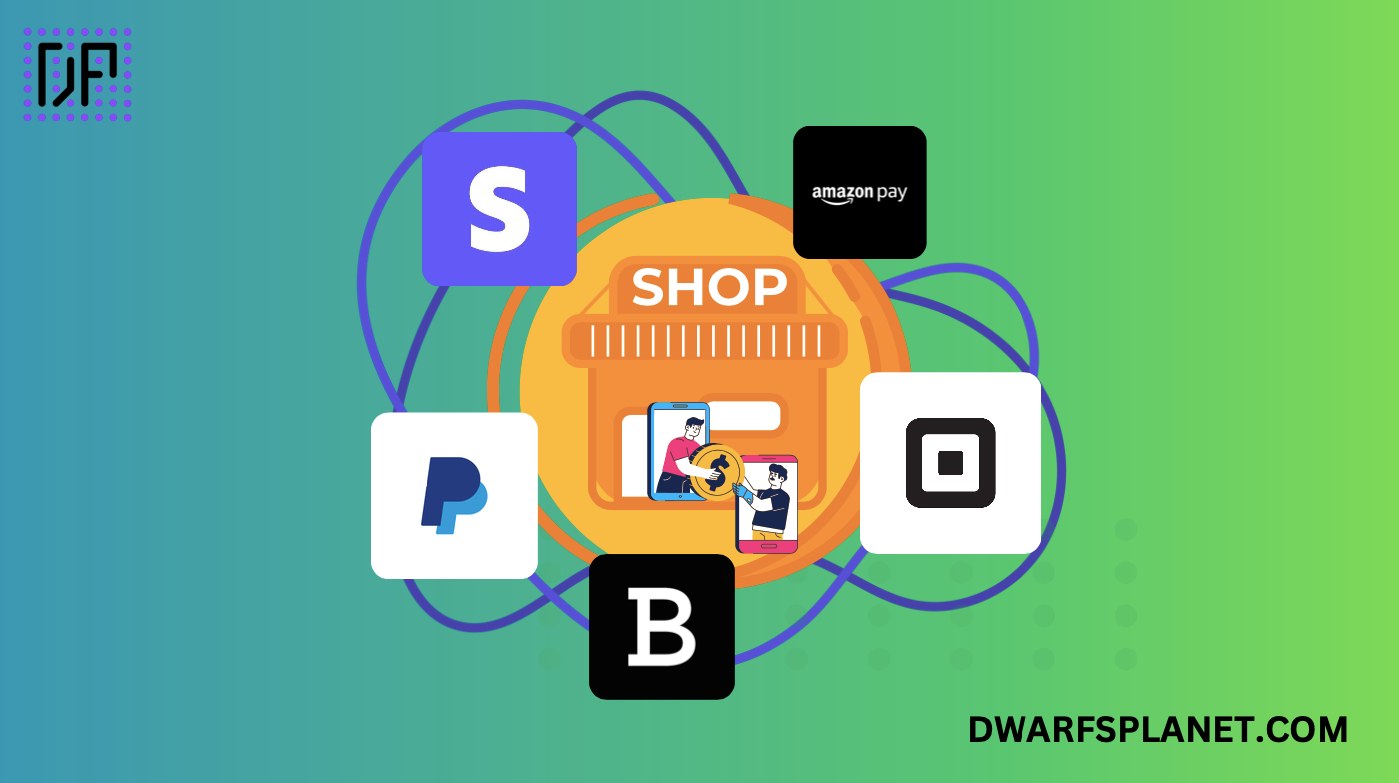Deep learning framework with dynamic computation graphs.
PyTorch is an open-source deep learning framework developed by Facebook’s AI Research lab. Launched in 2016, it has rapidly gained popularity among researchers and developers for its dynamic computation graph, which provides greater flexibility and ease of use compared to traditional deep learning frameworks. PyTorch is particularly favored in the academic and research communities for its simplicity, native Python support, and intuitive design, making it easy to experiment and iterate on complex models.
Key Features:
- Dynamic Computation Graph: Enables dynamic graph creation, allowing for real-time model adjustments and debugging.
- Native Python Integration: Seamlessly integrates with Python, making it easy to use and compatible with popular Python libraries such as NumPy and SciPy.
- TorchScript: A scripting language that enables model optimization and deployment in production environments.
- Strong Community and Ecosystem: Supported by a vibrant community, extensive tutorials, and numerous third-party libraries and tools.
- Distributed Training: Built-in tools for distributed training across multiple GPUs and nodes.
- Rich Pre-Trained Models: Access to a variety of pre-trained models via the PyTorch Hub, suitable for transfer learning and fine-tuning.
Benefits:
- Ease of Use: PyTorch’s syntax is clean and intuitive, making it easier for developers and researchers to build and debug models.
- Flexibility: Dynamic computation graph and native Python support allow for flexibility and rapid experimentation.
- Performance Optimization: Offers strong GPU acceleration for deep learning workloads, optimizing both training and inference processes.
- Research-Friendly: Ideal for cutting-edge research due to its flexibility and adaptability in handling complex, custom model architectures.
- Production Ready: PyTorch’s TorchScript and ONNX (Open Neural Network Exchange) support facilitate the deployment of models into production environments.
Strong Suit: PyTorch’s strongest suit lies in its dynamic computation graph, which allows for more flexible and transparent model building, making it particularly attractive for research and experimentation in deep learning.
Pricing:
- Free: PyTorch is open-source and free to use, including all features, libraries, and community support.
Considerations:
- Limited Non-Python Language Support: Primarily geared towards Python, with limited support for other programming languages.
- Production Overheads: While PyTorch is increasingly used in production environments, it may require additional optimization steps compared to more production-centric frameworks like TensorFlow.
- Resource Intensive: High resource consumption can be a concern for large models, especially on limited hardware.
Lightweight code editor with extensions for every need.
Powerful IDE for JVM languages like Java, Kotlin.
Python-specific IDE with smart code assistance.
Summary: PyTorch offers a flexible, user-friendly framework ideal for deep learning research and rapid prototyping. With its dynamic computation graph, Python-native support, and a strong community, it has become a favorite among researchers and academics. While it’s increasingly being adopted for production use, it remains particularly powerful for experimentation and iterative development in machine learning.














